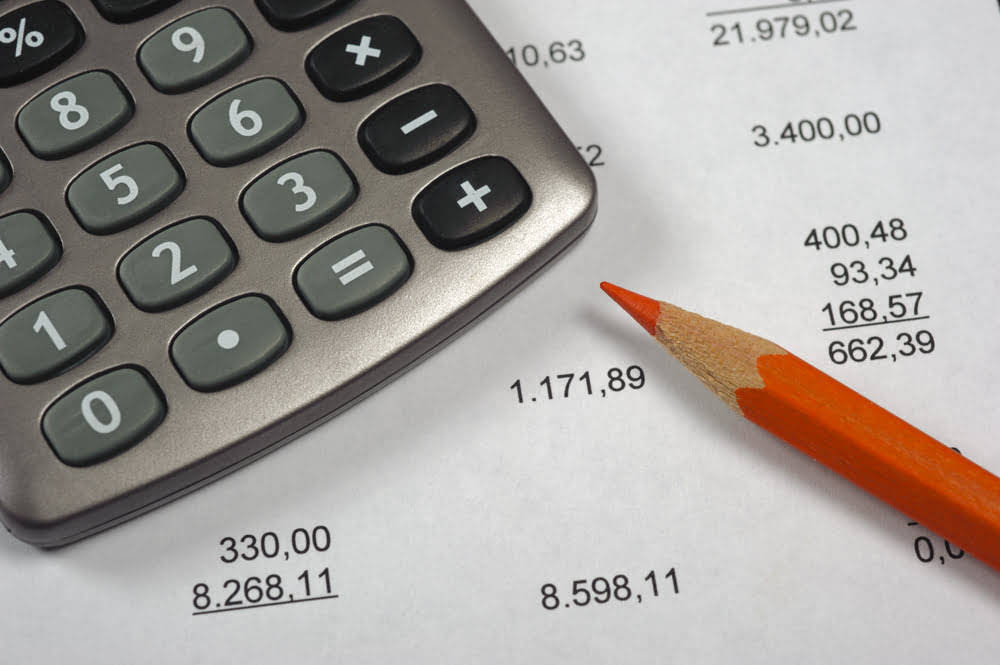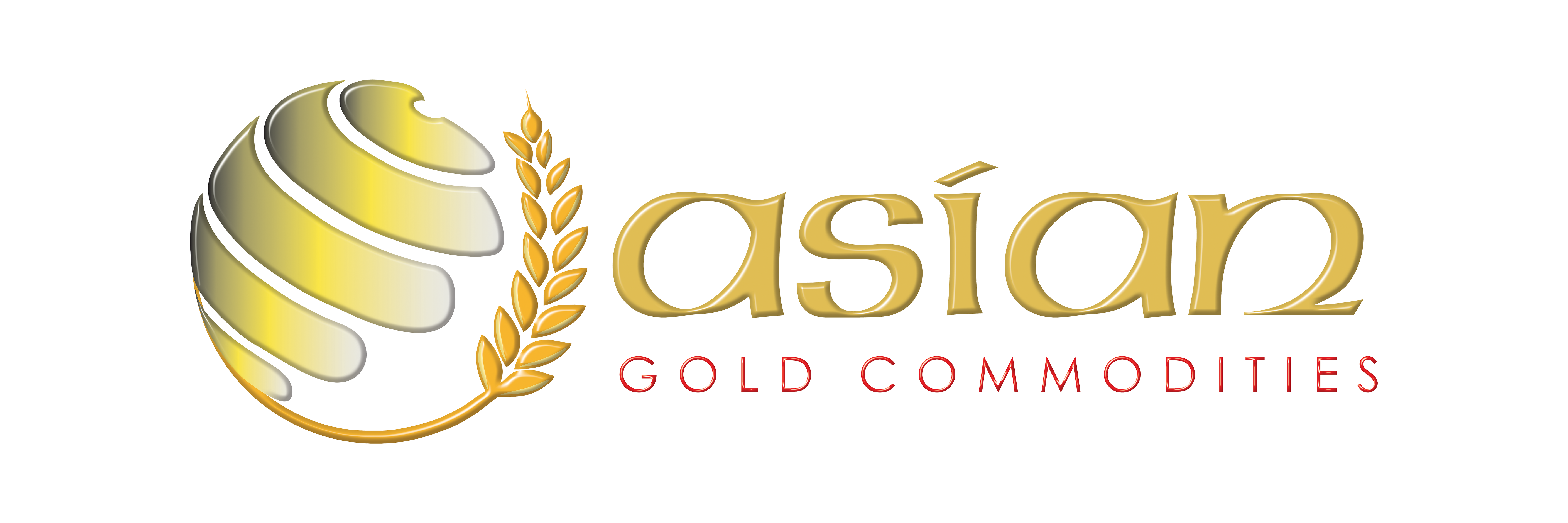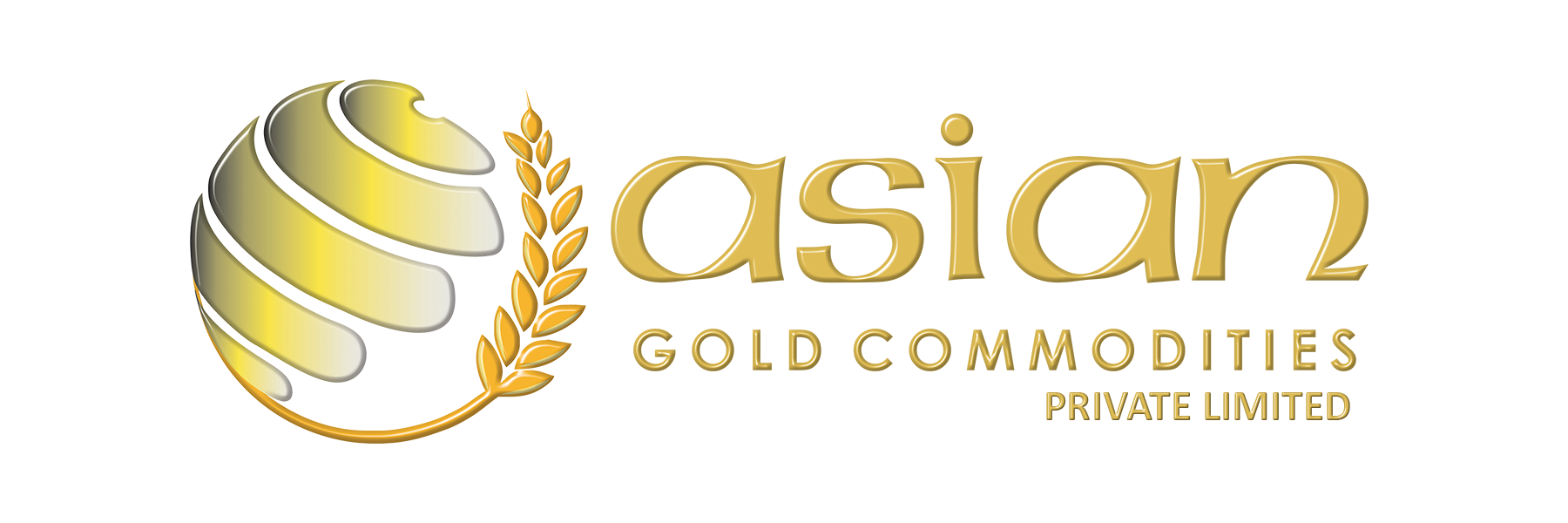
By offering innovative features, sleek designs, and a seamless user experience, Apple justifies its higher prices and achieves impressive profit margins. Once you have an idea of the labor hours, materials, equipment and specialized skills required to complete a project, estimate the cost for each category in order to land at the total project cost. We endeavor to ensure that the information on this site is current and accurate but you should confirm any information with the product or service provider and read the information they can provide.
Role of Planning in Cost Control

Job costing is a cost accounting method used to determine the cost of producing a specific product or service. This method is particularly useful for companies that produce custom products or services, as it allows them to accurately track the cost of each job. Businesses can choose to outsource specific accounting functions or outsource their entire accounting department. This allows businesses to scale their accounting services up or down as needed, without the need to hire or lay off employees. One way to improve efficiency is by providing employees with the necessary training. When employees understand the procedures and workflows, they can complete tasks more quickly and accurately.
- Our customers can issue an unlimited number of smart, virtual corporate cards to individual departments or employees.
- Financial reporting and analysis can help businesses identify financial operations that are not cost-effective.
- The first step in preventive cost control is to conduct a thorough analysis of the company’s processes and procedures to identify areas where costs can be reduced.
- Businesses control costs by analyzing their current processes, resources and expenses.
- In the pursuit of operational efficiency and fiscal prudence, businesses employ various techniques to monitor, assess, and regulate business expenses.
- By minimizing unnecessary expenses and managing payment cycles effectively, organizations can maintain a steady flow of funds, meet financial obligations, and invest in growth initiatives.
Develop Flexible, Streamlined Processes
To begin your cost analysis, it is essential to review all expenses incurred by your business. This includes both fixed and variable costs such as rent, utilities, raw materials, labor, marketing, and administrative expenses. By examining each expense category in detail, you can identify areas where costs can be reduced or eliminated altogether. For example, renegotiating contracts with suppliers, implementing energy-efficient solutions, or streamlining administrative processes can all lead to significant cost savings. In today’s highly competitive business landscape, maintaining profitability is essential for the long-term success of any organization. One of the key factors that can significantly impact profitability is effective cost control.

Future trends in cost control
Value analysis helps organizations identify areas where they can reduce costs while still maintaining or improving the quality of their products or services. Cost reduction is a critical aspect of financial management that ensures that organizations minimize expenses while maintaining or improving profitability. By utilizing various cost reduction strategies, businesses can decrease the cost of goods sold and boost their bottom line. Conversely, not having enough inventory can lead to stockouts and lost sales, resulting in lower revenues and decreased customer satisfaction.
- This process is vital in assisting managers to determine the profitability of an investment in a specified period.
- Business leaders must ensure that data is collected, managed, and analyzed efficiently to extract meaningful insights.
- While brick-and-mortar stores can use similar cost control measures to corporations, their business also comes with unique challenges.
- Secondly, effective cost control prevents waste and promotes sustainability in the food and beverage sector.
- One of the primary reasons why cost reduction and control are crucial is the impact they have on a company’s profitability.
By knowing the break-even point, What is bookkeeping businesses can calculate the minimum price they need to charge to cover costs. This information helps avoid underpricing and ensures that prices are set at a level that allows for profitability. For instance, if a product’s break-even price is $50 and the market price is $60, the business knows it can generate a profit per unit sold. On the other hand, if the market price is $40, the company would be selling below the break-even point and incurring losses. The company decided to negotiate better pricing with their suppliers to reduce expenses.

Estimate the Project Cost

Approvers can quickly see if the expenses are allowed and approve the report instantly. These days, corporate cost control considerations are also linked to the labor shortage. To combat growing labor costs and drops in productivity, businesses big and small are increasingly turning to robots. Cost control should be a priority for all organizations, and embracing the recommendations outlined above will help organizations achieve better results, cost savings, and drive growth.
Additionally, proper asset management can improve the accuracy of financial reporting, increase customer satisfaction, and enhance overall business performance. Effective asset management helps companies to identify potential issues and address them promptly, improving operational efficiency and reducing costs. Process improvement refers to the systematic approach of identifying and removing inefficiencies, re-engineering cost control processes, and enhancing operational efficiency in an organization. It is an essential tool for cost control, as it ensures that resources are utilized optimally, and waste is eliminated.
Continuous improvement
You can set budgets for different teams, projects, and departments real estate cash flow in your organization. They can identify cost-saving opportunities, optimize resource allocation, and enhance strategic decision-making based on evolving cost dynamics. Implementing cost reduction measures may introduce new risks, such as compromising product quality or supplier reliability.
By preventing waste and inefficiencies, businesses can ensure that every resource is used to its full potential. This optimization leads to enhanced operational efficiency, a key factor in achieving long-term sustainability. Effective cost reduction measurement starts with selecting the right KPIs that align with your business objectives. Your operating expense ratio (OER) tracks operational costs as a percentage of revenue, providing a clear picture of cost efficiency over time. Cost per unit gives manufacturing and service businesses insight into production efficiency, while employee productivity metrics help evaluate workforce optimization efforts.









